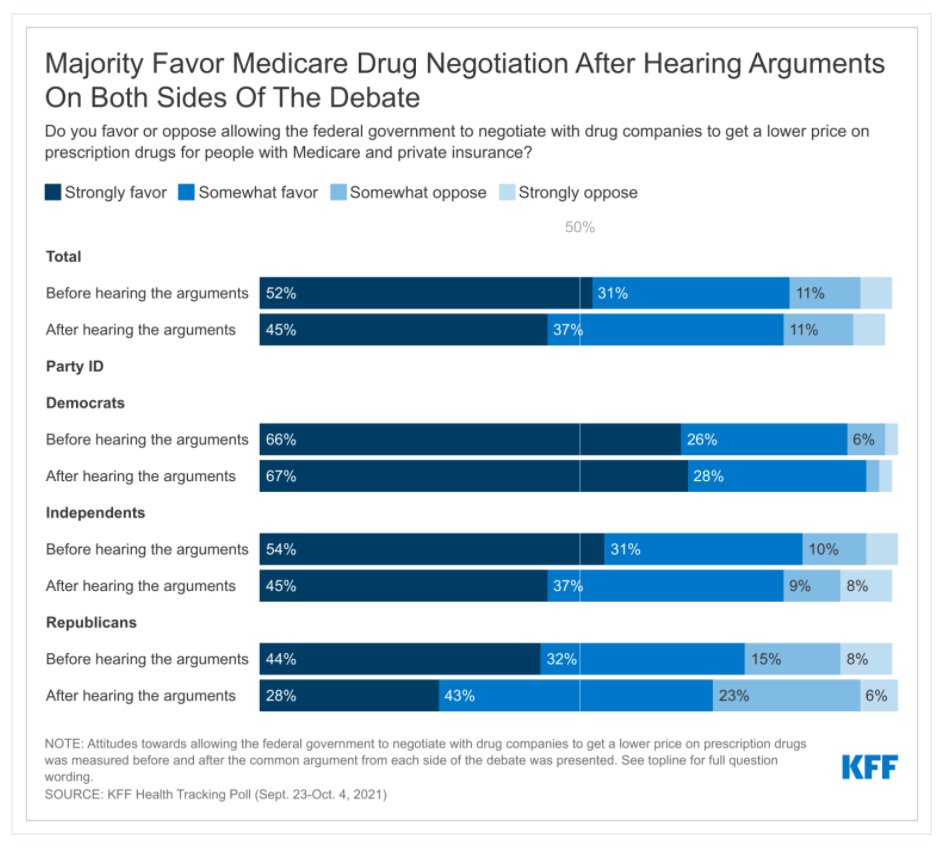
The White House announces over 14.5 million people have signed up for ACA coverage, an all-time high.
President Biden campaigned on reinvigorating the ACA, and there's no question he's followed through on that.
whitehouse.gov/briefing-room/…
President Biden campaigned on reinvigorating the ACA, and there's no question he's followed through on that.
whitehouse.gov/briefing-room/…
Key factors in the record ACA enrollment:
A temporary increase in premium assistance provided through the American Rescue Plan.
A reversal of outreach funding cuts imposed by the Trump Administration.
A temporary increase in premium assistance provided through the American Rescue Plan.
A reversal of outreach funding cuts imposed by the Trump Administration.
The vast majority of ACA enrollees are receiving premium assistance, which was temporarily increased by the American Rescue Plan.
The record enrollment gains will be fleeting if the Build Back Better plan does not pass and extend the extra premium help beyond this year.
The record enrollment gains will be fleeting if the Build Back Better plan does not pass and extend the extra premium help beyond this year.
There were huge gains in ACA enrollment in Texas and Florida.
Texas: Up 602,744
Florida: Up 548,975
Sources:
cms.gov/newsroom/fact-…
kff.org/health-reform/…
Texas: Up 602,744
Florida: Up 548,975
Sources:
cms.gov/newsroom/fact-…
kff.org/health-reform/…
• • •
Missing some Tweet in this thread? You can try to
force a refresh






